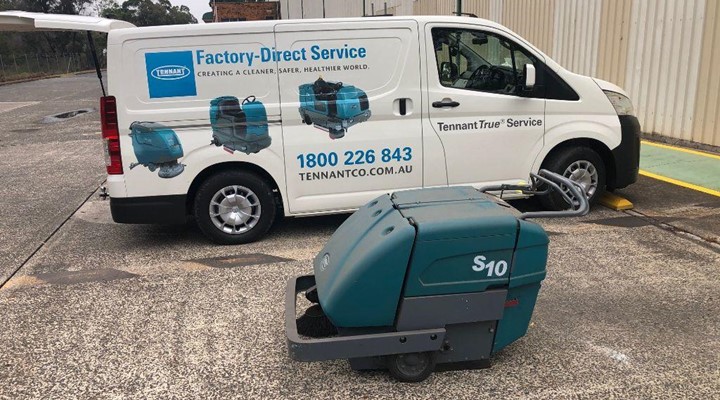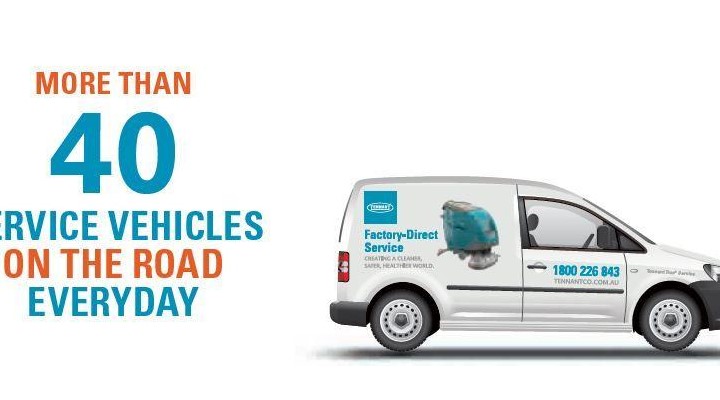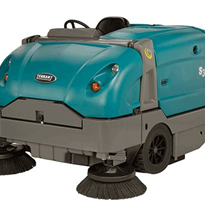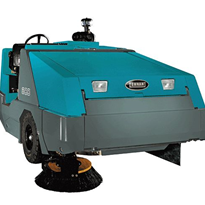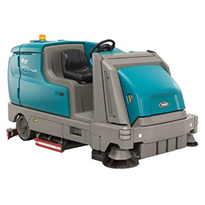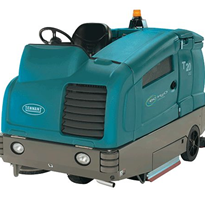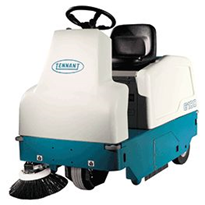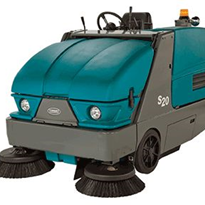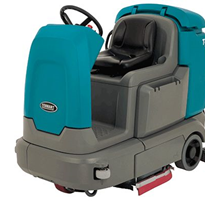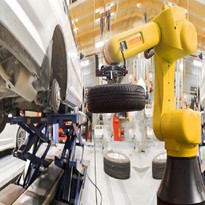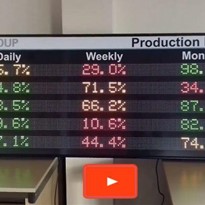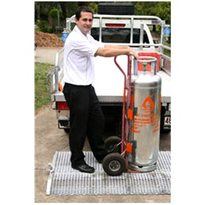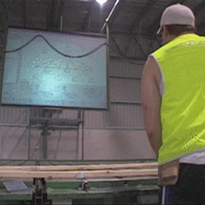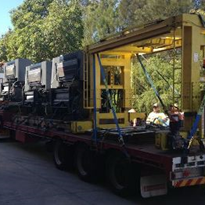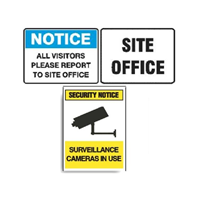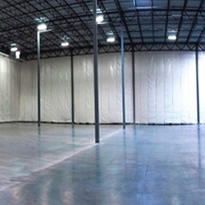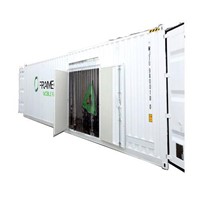So we thought we’d address some of the common questions around equipment maintenance scheduling and how to schedule your services to get the most out of your machine. But first, let’s talk about what our factory direct service involves.
Tennant’s Factory Direct Service offers customers three service plans:
- Essential - Ideal for organisations with just one machine
- Capped - Ideal for organisations with several machines onsite and includes regular preventative maintenance
- Comprehensive - Ideal for intensive users
All plans include priority breakdown response from Tennant’s fleet of trained service technicians equipped with TennantTrue® parts. The best plan for your equipment and company will depend on what your machine needs and the type of site you operate on. Your Tennant sales rep will be able to advise you on the most suitable plan for your organisation.
“Our team consists of 40+ trained technicians and authorised dealers across Australia and New Zealand to service your machines every day. Our average response time to enquiries is 24 hours and we usually have a tech on site within two days.” Chris Collier, Service Manager AU & NZ.
Although our Factory Direct Service is still relatively new to the market, we already have 6,300 planned maintenance contracts, with this number increasing weekly.
What are the benefits of Factory Direct Servicing?
Just like when you buy a new car from a dealership, when you buy your new cleaning machine, you’ll usually also get offered a planned maintenance package. If your machine’s brand new, you might be tempted to skip the maintenance schedule, but before you do, it’s a good idea to look at the benefits and what you’ll get:
- Direct support from specialists trained in your equipment
- Priority support for repairs
- Discounted parts and labour when needed
- Fewer unexpected (expensive) breakdowns
- Longer lasting machines
- Greater reliability
- Assurance that all parts are fully functioning
- Access to the best quality parts (like TennantTrue® Parts)
- Access to lifetime training to help your operators use the machines properly
- Predictable, regular maintenance fees you can budget for
What are the alternatives for planned maintenance and repairs?
Your machine will need to go on some kind of equipment maintenance schedule to keep it running properly, maintain the warranty, and catch any problems before they become big (and expensive).
You don’t have to sign up for a Factory Direct Service. In fact, if you’re located outside of the service area, you’ll need to go with a different approach, like:
- Find a Tennant-authorised service dealer that operates within your region
- Use a local equipment maintenance company
- Find an independent technician
- Do in-house servicing (if you have a capable team member trained in the machine)
Of course, these options don’t come with the same benefits as Factory Direct Servicing. You may find that your machine needs more frequent or more significant services/repairs when you don’t go factory-direct.
Fortunately, many of the equipment purchased through Tennant, already comes with built-in technology that decreases costs and increases productivity. For example, IRIS, ec-H2O NanoClean, and ReadySpace. So even if you’re not able to access our Factory Direct Service, it’s still worth choosing a Tennant machine for longevity and smarter technology.
Is Factory Direct Service worth paying for?
Usually, yes. If you rely on your machine and it’s critical to your maintenance schedule, it’s a good idea to do everything you can to ensure it functions properly and doesn’t go offline. You’ll start getting value from your Factory Direct Service because it protects the initial investment you made in your cleaning equipment.
Regular servicing reduces the likelihood of unplanned downtime, identifies potential problems before they become major, and helps your machines perform optimally. All of these benefits can help reduce the ongoing cost of your machine.
What normally happens during planned maintenance?
Equipment maintenance schedules vary depending on your machine and how it’s used onsite. But in general, you can expect planned maintenance to be scheduled every quarter (as a minimum) with options to plan more regular maintenance depending on your needs. A maintenance service will include:
- Checking parts like squeegees and brushes (and replacing if needed)
- Ensuring batteries are charged and maintained
- Checking the filters to ensure they’re clean and replacing if needed
- Testing and troubleshooting
- Advice and recommendations
- Operator training
- Status reports
- Scheduled parts replacements



